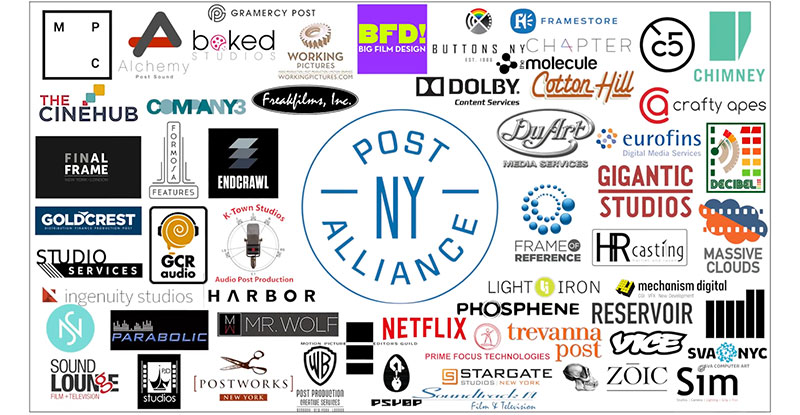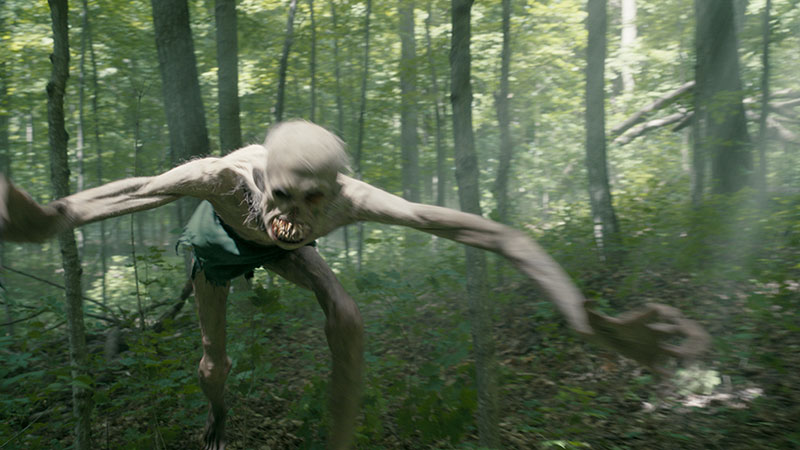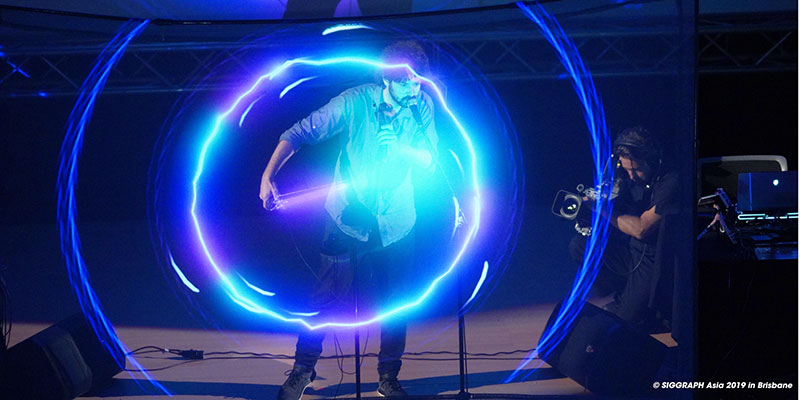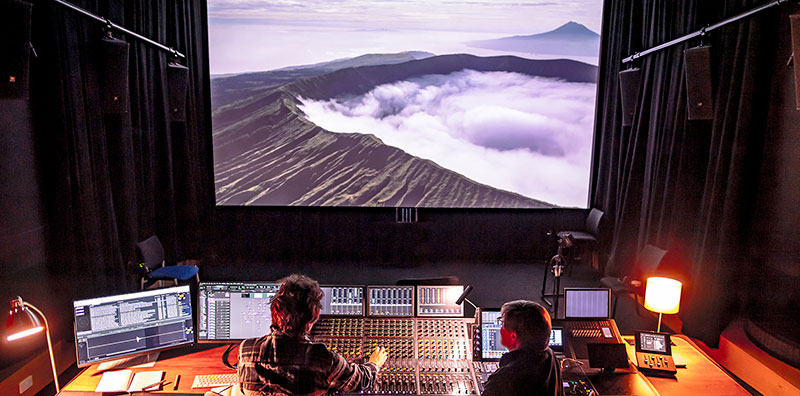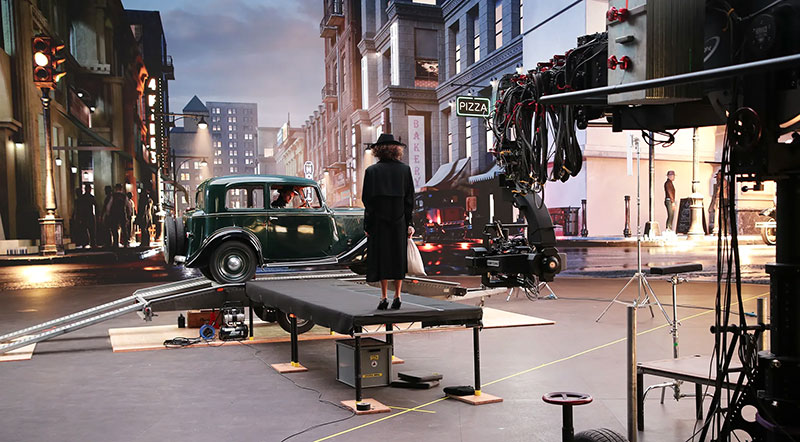Senior colourist Sonny Sheridan talks about his career as a colourist over the past decades – from projects to influences and tools – and what he’s looking forward to in the coming years.

Sonny Sheridan, senior colourist at ENVY post production, began his career in TV and film on the production side, as a child actor. Later on, his interests shifted to production and post-production, where he worked his way up to assistant editor. However, meeting colourist Aidan Farrell marked a turning point for Sonny.
The meeting sparked his interest in colour grading, and led to spending the next eight years as Aidan’s assistant, first at Molinare and then at The Farm (now Picture Shop), observing, learning on the job and performing basic grades before getting the opportunity to grade music promos.
His big break came with Craig David: Live at Wembley, which opened the door to grading further music content for artists including Madonna, Katy Perry and Oasis. Since then, Sonny has worked on diverse projects from documentaries to scripted drama and back to music concerts. At his best on projects with a distinctive look and feel, he enjoys collaborating with DoPs, directors and producers to visualise and customise those looks.
Sonny recently graded the BBC series Julius Caesar: The Making of a Dictator and BBC documentary Living Next Door to Putin. Other key projects include Made in Chelsea (2012), Stan Lee’s Lucky Man (2016), Informer (2018), and the BAFTA award-winning I Am Ruth (2021). Sonny also won an RTS Award in 2011 for Picture Enhancement for his work on TV film, Eric and Ernie.
Mesmerised
“My first memory of meeting Aidan was in my early days, working as a runner at Molinare,” Sonny said. “Once I got to know him a bit better, I started to assist him as a tape operator. I had always thought I would become an editor, but I quickly realised that it wasn’t for me and my interest in grading grew as I started to watch and learn from Aidan – it was quite mesmerising.”
Aidan had a full slate of music promos at that time, right in the prime of the Brit Pop era, for artists like Blur, Oasis, Annie Lennox, Dave Stewart and Mick Jagger. Jobs flowed through the doors, and those artists would be in the suite with them, with Sonny in the background, just observing and taking it all in. “It really was rock n’ roll,” he remarked.

Lucky Man
Remembering the day Aidan handed him a reel of film and allowed him to lace up the telecine for the first time, Sonny said, “I knew, from that moment, that he trusted me and that was it, we were in it together from there. He would work long hours and I would be there all day and all night. I remember he had me using KitKat wrappers to create flares and he would use Vaseline to create looks and streaks.
“It took me years to understand how to do it, as there was a real skill to it. It was a very organic phase, and I really enjoyed the process. We were just creating and making images look amazing. There was something very special about that time and I feel very lucky to have been part of it.”
A Chance to Explore
Sonny continued working at The Farm for 20 years, but when Picture Shop acquired the company in 2019, it felt to him like the end of an era and the right time to look for something new. He was drawn to ENVY and joined mainly because of their wealth of knowledge and years of experience in TV, which of course was important to him.
“The large amount of documentary work they do was another key factor in my decision,” he said. “I learned my trade working on music promos but moved on to do a lot of documentary work from there. I have really enjoyed being creative and experimenting with colour and being a little freer in my documentary work, and I would like to explore this a bit more. I am very happy and grateful to be here.
Colour Is My Medium
“As a colourist, colour is my medium – I’m using colour to tell stories. For me, it’s a feeling or an emotion. We may not have words to explain how we feel about colour, but we have a feeling. Audiences have become more aware of how important colour is in storytelling, perhaps due to apps like Instagram with access to filters – they’re more aware of how to manipulate colours to create moods.
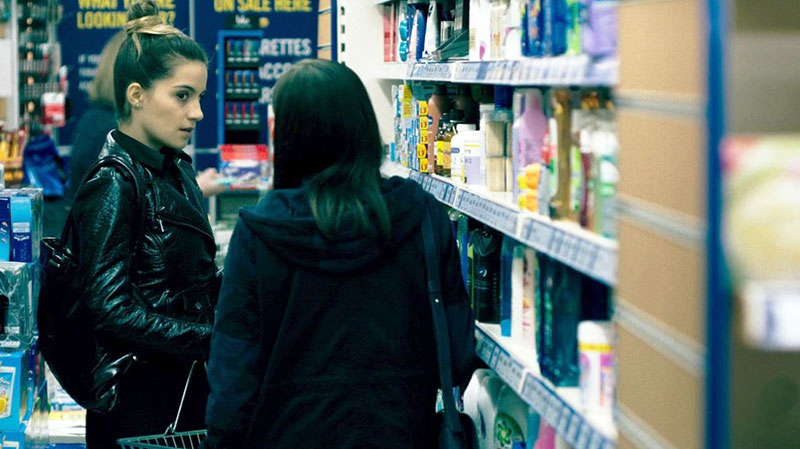
Informer
“For me, contrast is king and as a colourist I use contrast to elevate and tell stories. So, for example, if I want to go dark and moody, I can pull that contrast right down to ugly and dark. Similarly, adding blues or greens will make the audience feel uncomfortable. If I want to make an audience feel enlightened or joyful, I can lift the contrast up and let the highlights blow out, I can add yellows or oranges and bring warmth to the picture.”
These simple, little adjustments can make a huge difference to a programme, which is part of why Sonny likes being a colourist.
A Changing Role
Nevertheless, he finds the role of the colourist has changed massively over time. Earlier, when everything was shot on film, it was a very organic process. “Today it’s all about modern workflows and digital cameras, which is a completely different ball game – this new approach has a very clean and crisp feel to it,” he said.
“For me, the magic of the cinema is not in perfection. I’m looking for imperfections. That is where the beauty lies, in my opinion. Often when I talk to DoPs about lenses and looks, we’re starting with a perfect, crisp digital image and touching it in a way to soften it ever so slightly, and add a texture. It’s these subtle little tweaks that make an image look amazing.”
When it comes to his grading style, his policy is to let the project lead the grade. “I really enjoy colour – I’m not scared of it, I embrace it – and I like to be able to adapt. My role is at its best when I’m working with DoPs and directors who give you a brief, but remain open. I like to collaborate with people to find new avenues and routes, rather than being closed off to new solutions,” Sonny said.
“It's also important to watch the footage because most of the time, the footage is talking to you. If you observe, you’ll find the DoP has done most of the work and is guiding you to where the footage is supposed to go. You can try and take it somewhere else, but you’ll realise it doesn’t really work.”
The DoP, director and the costume and set designers have all put in the work and if you follow those cues, that’s when the magic happens. Creating that look, based on those cues, is another reason Sonny does this job. He said, “I can’t tell you how much joy I get from working with a flat image, breathing life into it and taking it to a place where people hadn’t thought of going.”

Pierrepoint
Getting in Early
Sonny noted that colourists today are involved a lot earlier in the process than they were years ago. “Now, they’re being invited to join conversations much earlier, which is fantastic, but it used to be very different,” he said. “I remember working with cinematographer Danny Cohen on Pierrepoint (2005). He came into the room, showed me an image and said, ‘This is what I want.’ It was an abstract image, but I understood it. I could see the contrast and how the colours were bleeding into each other.
“We sat down with the director, Adrian Shergold, and spoke about what the piece meant to him and what the production wanted to achieve. But the most important part for me was the image. That’s how I really connected with the project. With this one image we created the look for the Pierrepoint film.”
Another change is the growing complexity of today’s workflows. The colourist can no longer work as an independent agent but needs to be surrounded by a competent team – from the post producer to the machine room and beyond. Having that makes the role much easier. “I’ve been lucky and worked with some amazing people,” Sonny said. “That’s the true highlight – working with amazing DoPs and directors.”
Baselight Transition
The move to ENVY came with a move from Nucoda to the Baselight grading system, which has been a significant step-change in Sonny’s career. To help, FilmLight actually arranged for a Baselight system to be set up in his home before he started.
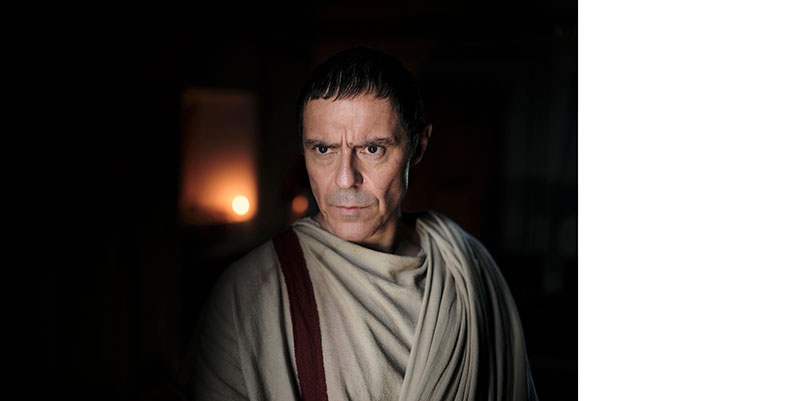
Julius Caesar: The Making of a Dictator
Commenting on making the switch, he said, “Baselight was intimidating at first, but FilmLight handled the transition well. The online tutorials helped me get my head around the software, and I was lucky enough to get some training with Andy Minuth, FilmLight’s colour workflow specialist – a fantastic experience.
“The key challenge has been opening my mind to doing things differently. As a colourist, it’s difficult to leave a system that you know so well. I was the King on Nucoda, but I had to leave everything I thought I knew behind and be truly open. It was a difficult process, but once I learned to accept new suggestions and different ways of doing things, I got excited, which drove me to want to learn more.”
Having someone to guide him through the tools and what he could achieve on Baselight was tremendous. Andy helped him understand the different features. Baselight has someentirely new tools that have been a revelation. “For instance, my initial step has always been to put contrast into a picture. Contrast is still key for me but with these tools I’m able to manipulate an image in a completely new way, allowing me to be more delicate and access areas I couldn’t get to previously.”
He has also found the scene-referred way of working in Baselight to be very interesting. With Baselight’s scene-referred working tools, he can work with colour-managed images with a LUT applied, which means he’s no longer working from a flat image. “At first I didn’t like it as I felt I was losing control over my work. But the truth is, I can still choose to work with a flat image, but if a DoP wants to see exactly what was shot, it’s there. I’ve never had this ability before. In my opinion, Baselight is a DoP’s best friend.”
The Next Step – Baselight 6.0

Living Next Door to Putin
Sonny had seen some of the new Baselight 6.0 in action ahead of its release, and said that X Grade was what had interested him the most, owing to the way it can help a colourist avoid the inherent risks of keying. “As a colourist, I’m a keyer, but keys can be dangerous,” he said. “When keying, you’re pulling a luma key, a hue key and a saturation key. At any point of trying to isolate these areas, you may not catch them cleanly, which then results in digital noise. You can try to blur the result, but in doing so you lose the strength of the key.
“So it’s a balancing act between a strong or a weak key. X Grade, however, in theory means I can grab hold of a colour without keying it – I can grab it and isolate it, and that blows my mind.” www.filmlight.ltd.uk




